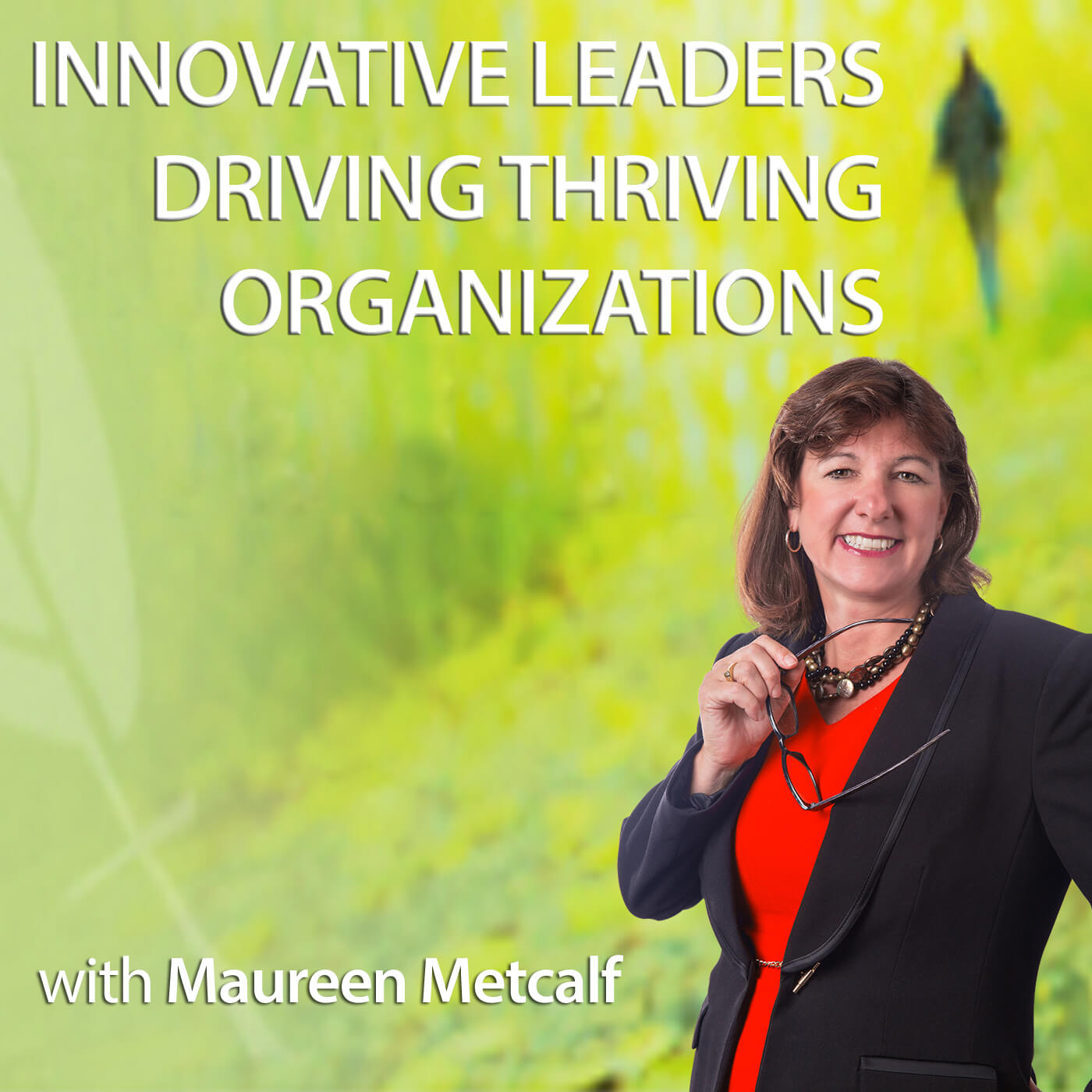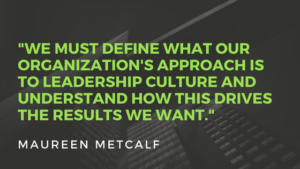This article was originally posted in Forbes in August 2016. It is the companion to the VoiceAmerica Interview with Richard Oliver on July 25 Executive Perspective: Building Vibrancy, Increasing Engagement, Improving Performance. In the interview Richard talks about his experience of dramatically increasing employee engagement at a 60 year old manufacturing company as their President.
As leaders, we are expected to be highly effective at identifying strong leadership, then rewarding it, retaining it, and developing it. Additionally, we are expected to remove bad leadership. Yet leadership is quite subjective. How do we know what “effective” leadership is?
In recent conversations, I realized that how we answer that simple question generates wildly different answers from my respected colleagues. For example, some might say effective leadership is generating strong financial results, while others might measure it based on personal recognition, promotion, social impact or building legacy. It is by asking the right questions that we can clarify what effective leadership is so as to reach the best outcome for our organizations.
I suggest starting with a list of questions from ecosynomics, a framework developed by Jim Ritchie-Dunham, an adjunct researcher at Harvard. Specifically, this framework poses four questions that organizations should consider in order to identify the greatest leadership potential and, consequently, to experience the greatest value from that leadership.
1. What Is Your Potential Leadership Capacity (How Much)?
Sustained value is one measure, but we can’t necessarily predict who will sustain value based on past performance. As we look across the organization’s ecosystem, performance is a starting point but not the final indicator because organizations, and people, run into unavoidable and unpredictable disruptions. As a result, such disruptions may reflect negatively on performance, but may not be an accurate reflection of sustained value of an individual.
Another measure is a set of behaviors or competencies that signal leadership potential. When we move from looking for results to looking for potential, we have moved out of our standard conversation. If we don’t talk about potential, we are missing an important variable when selecting leaders. As we consider potential, we need to also look for employees who are curious and continually learning in a changing environment. It is leaders who continue to “innovate how they lead” who will be able to consistently deliver over the long term.
2. Who Decides Our Leadership Potential?
Often leadership teams “rack and stack” their teams during an annual review process. These are often long and arduous processes. Many companies are revising the performance feedback process in favor of new approaches designed to provide ongoing feedback, but still need a mechanism to determine financial compensation beyond market value, promotion, performance improvement or exit.
The other side of this evaluation is the hiring process. Who is deciding your leadership potential? Is it the leader? The leader’s peers? A group of more senior leaders? Do they have the correct criteria and information to make decisions? What does it say about your leaders and to your leaders if they and their peers are not involved directly in the process in a meaningful way? An example is an organization that uses the vibrancy survey or similar tool within work groups to identify leadership impact on employees.
3. By What Criteria Do We Determine Value?
It is easy to measure the financial impact a leader delivers, but measuring results is more complicated. When we look at results and behaviors, we can look at tools like 360-degree feedback along with financials. These can seem like relatively straightforward equations but, again, who gives feedback and who administers the process to ensure it is impartial and that each variable in the equation is weighted properly?
Some companies have specific equations to measure the balance between results and behaviors. A “nine box,” for example, looks at a 3×3 matrix that places results on one axis and behaviors on the other. While I am a proponent of competencies that consider mindset in addition to behaviors, these are still relatively difficult to measure so behaviors may be our closest reliable approximation. If these measures determine and drive your leader’s performance, it might be worthwhile to be as rigorous in determining what to value (part of mindset) as much as how they performed against those values. As an example, leaders who value collaboration will consistently build collaboration into all of their actions vs. someone who collaborates to check a box because they were told this is important.
The difference is that if the idea of collaboration is built into my thoughts and actions, when it comes time to actually collaborate, others will be expecting it and trust my intentions. If I am making judgments on team members through checking a box, they may not trust me and may not be willing to collaborate fully. It is important to consider the question from multiple views: What does the leader, culture and organization value and reward?
4. How Do We Interact To Realize Our Greatest Leadership Potential?
Your organization’s culture sends a clear message as to how leadership is discovered and developed. Do your culture and organizational structure promote leaders working together on shared goals, or are they pitted against one another to maximize their own units?
How much time are leaders actually spending on mentoring, for example? If I came into an organization to evaluate performance against this question, I would spot-check mentor calendars to see if they are meeting regularly with their mentees and find out whether they discussing development goals and working toward employee success. I would be checking for tangible evidence that the organization has a structure that promotes matching high potentials with seasoned leaders and has a budget for regular interactions that could include books and lunches. When selecting leaders, we must define what our organization’s approach is to leadership culture and understand how this drives the results we want.
In summary, as the world changes at an ever-increasing rate, it is important to update our way of evaluating, structuring, measuring and rewarding leaders to ensure they are equipped to meet changes effectively. For organizations, it will be useful to evaluate your current criteria and determine if it will meet your needs going forward.
To become a more innovative leader, please consider our online leader development program. For additional tools, we recommend taking leadership assessments, using the Innovative Leadership Fieldbook and Innovative Leaders Guide to Transforming Organizations, and adding coaching to our online innovative leadership program. We also offer several workshops to help you build these skills.
About the author Maureen Metcalf, CEO and Founder of Metcalf & Associates, is a renowned executive advisor, author, speaker, and coach whose 30 years of business experience provides high-impact, practical solutions that support her clients’ leadership development and organizational transformations. Maureen is recognized as an innovative, principled thought leader who combines intellectual rigor and discipline with an ability to translate theory into practice. Her operational skills are coupled with a strategic ability to analyze, develop, and implement successful strategies for profitability, growth, and sustainability.






